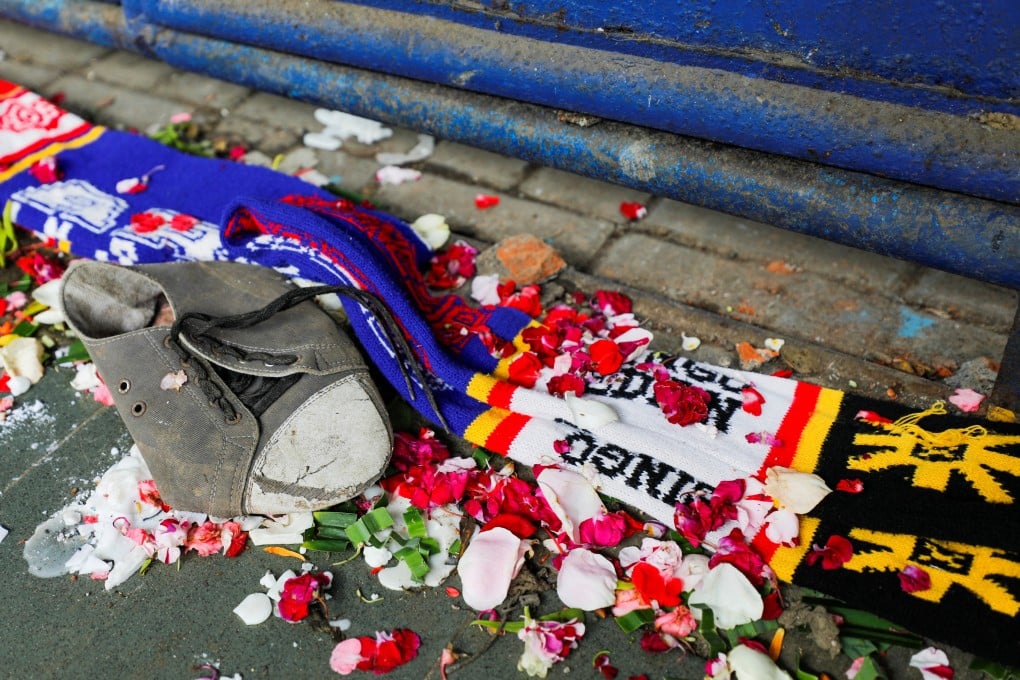Advertisement
Asian Angle | Indonesia’s use of tear gas at stadiums needs to end – as must football’s toxic subculture
- Deadly football match in Indonesia requires authorities to revise crowd control procedures, and assess the use of tear gas inside stadiums
- The issue of toxic subcultures among fans should also be addressed
Reading Time:4 minutes
Why you can trust SCMP

Indonesia’s deadly football stadium disaster is a serious wake-up call for the police force to review its crowd control procedures and assess the use of tear gas inside stadiums.
On October 1, at least 131 people were killed following a crush in the Kanjuruhan Stadium in East Java, where Arema Malang lost to its long-time rival Persebaya Surabaya for the first time in 23 years.
Upset home fans invaded the pitch, triggering a violent police response that involved tear gas – a move banned by Fifa, football’s world governing body. Some gates were locked, resulting in numerous people suffocating from the tear gas and being trampled on.
Advertisement
The world’s three worst football tragedies – the Kanjuruhan disaster, as well as the ones at Ghana’s Accra Sports Stadium in 2001 and Peru’s Estadio Nacional in 1964 – show tear gas used inside stadiums triggered panic, which later led to deadly stampedes. To avoid repeating such incidents, the use of tear gas inside stadiums must be stopped.
This matter needs urgent attention because the practice is not new in Indonesia. Tear gas has been used at least twice in recent memory: during a top-level derby match in 2010 when PSIM Yogyakarta hosted PSS Sleman, and during a 2012 contest in Surabaya between Persebaya Surabaya and Persija Jakarta.
In addition, the Indonesian police (Polri) need to eradicate the repressive culture in its ranks. During the fatal match, officers were reported to have responded with excessive force. They fired tear gas into the stands, kicked and hit some fans with batons.
Advertisement
Select Voice
Choose your listening speed
Get through articles 2x faster
1.25x
250 WPM
Slow
Average
Fast
1.25x
